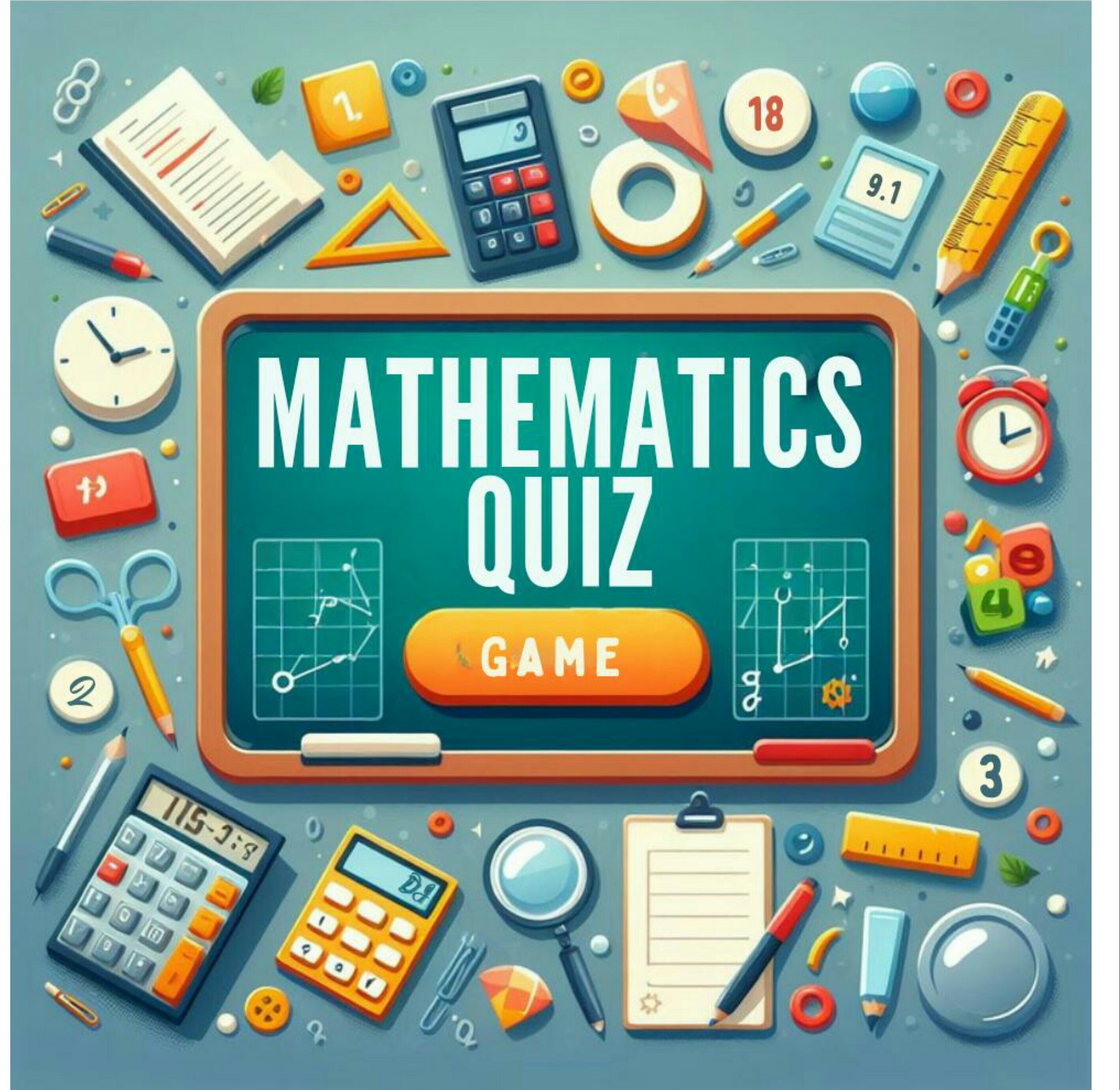Trigonometri, Peluang dan Statistik

Quiz 1: Fullscreen Mode Quiz 2: Fullscreen Mode Trigonometri, Peluang dan Statistik 📊 Rangkuman Rumus Matematika SMA Trigonometri, Peluang dan Statistik Oleh: Agus Salim 📈 1. STATISTIK Statistik adalah cabang matematika yang berkaitan dengan pengumpulan, analisis, interpretasi, presentasi, dan organisasi data. Dalam konteks SMA, fokus utama adalah pada ukuran pemusatan data dan ukuran penyebaran data. 🎯 1.1 Ukuran Pemusatan Data 📊 1.1.1 Rata-rata (Mean) a. Data Tunggal x̄ = (Jumlah semua nilai data) / (Banyaknya data) Keterangan: • x̄ = rata-rata • n = banyaknya data b. Data Kelompok x̄ = (Σ(fi × xi)) / (Σfi) Keterangan: • fi = frekuensi kelas ke-i • ...





